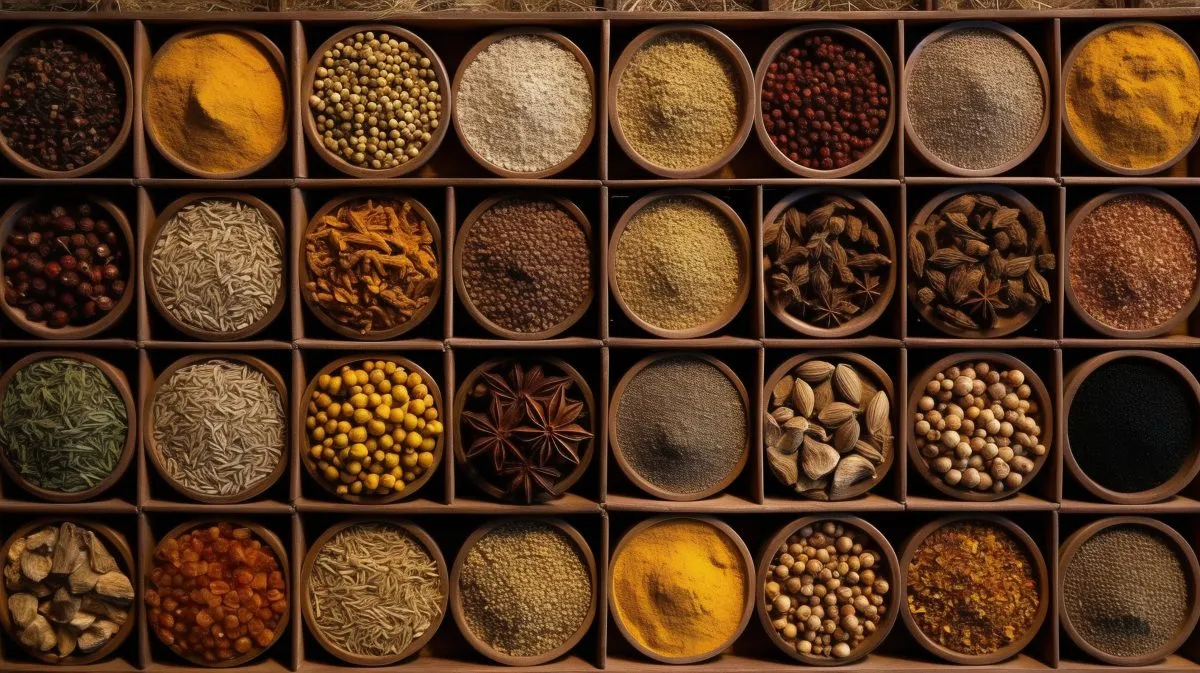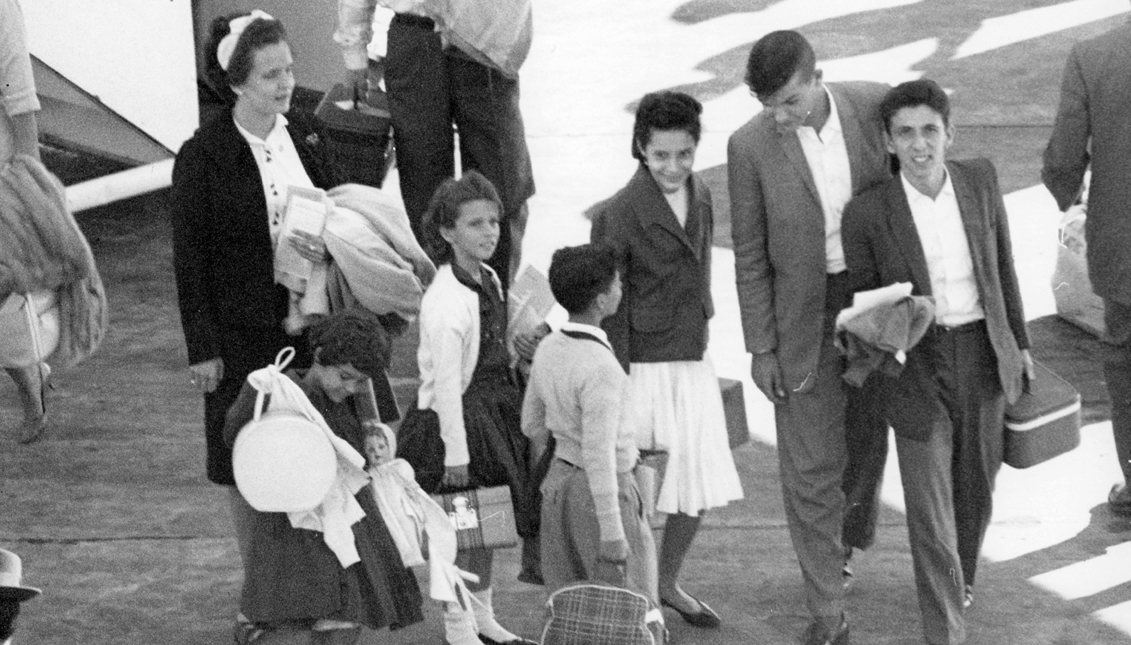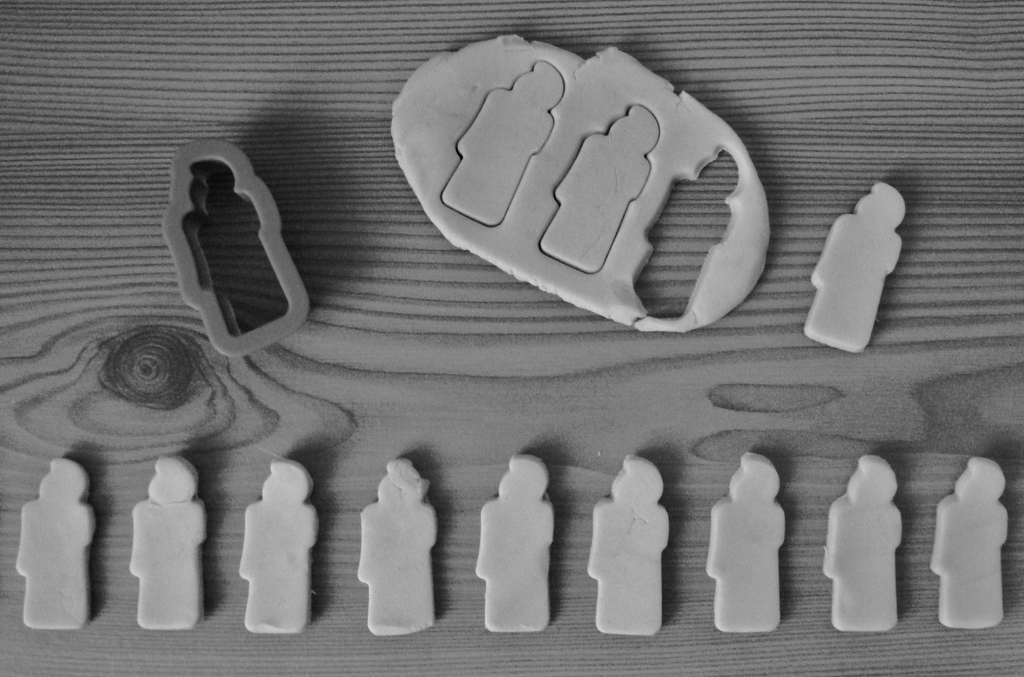
Ketchup on Tamales and Other Relics from ParadiseAugust 21st, 2022“You cook?” Lindsey asked on her way out the door. The words pierced my ego, leaving me stunned somewhere deep inside. But her reaction was justified: during the several months we had been together at that point, I had been too busy to cook. Repertory theatre is a commanding lifestyle. It was late summer of 2014, and I was performing 14-16 times a week in three different productions while rehearsing three more for a tour. I simply didn’t have the time. In less-busy seasons, the kitchen I shared with five other actors was routinely filled with the heavily-seasoned aromas of dishes that I learned from my mother: lechón, ropa vieja, picadillo, and others for which I don’t know the names. The ripple of shock reached my face, and Lindsey paused at the door for an explanation. I didn’t have one. I would have to show her. Despite my still-loaded itinerary, I mentally penciled in a new imperative: what would I cook her first? My mother was only three years old when the plane lifted her from paradise. Her parents watched from the tarmac, more desperate than ever to find their own way out. This was part of the clandestine mission known by Cuban ex-pats as the Pedro Pan flights. Trapped by a backlog of applications for visa waivers, desperate parents fearing persecution sent planes filled with unaccompanied children—more than 14,000 over two years—to the United States to be taken in by churches or relatives, always with plans of joining them someday. Many never did. Around 6,000 were sent to American orphanages, catholic schools, or foster homes. Our family was lucky. My mother’s first memory is of her father waving from the tiny plane window as it taxied toward the stairs. It was January 31st, 1962. The embargo came three days later. The first thing I learned as a child in a Cuban kitchen was how to roll the tamales, which—according to my mother—were unquestionably superior to the Mexican version. In Havana, my abuela ground fresh corn with a mortar and pestle and steamed the filling in corn husks; in Miami, my mother learned with frozen corn, a meat grinder, and tin foil. I preferred mine with ketchup. Depending on the meal, I played several other supporting roles: mincing garlic, chopping onions, and starting the rice cooker, to name a few. Even though I was welcome to stay in the kitchen after contributing my part, I usually escaped to play with friends or watch television until the food was ready. My mother performed the rest of the process alone, quietly and efficiently. There were no recipes and no measuring spoons; only a private dialogue between her and the food she was preparing. Tamales would not be Lindsey’s introduction to Cuban cooking. As much as I loved them as a child, I never learned the dish as an adult—I have neither a mortar and pestle nor a meat grinder, and I’m not sure a food processor would yield the same results. I shuffled the other options in my mind. My favorite dish growing up was arroz amarillo con pollo, a deceptively simple one-pot meal in which rice is slowly assimilated into a broth with chicken thighs and tomatoes, peppers, and onions (the Cuban triumvirate) as well as saffron (or packets of Sazon Goya con Azafran) and several spices. And, for some reason, frozen peas. But the fact that I had been eating it since I was in a highchair made it feel too juvenile to share with Lindsey at this stage. There was also picadillo, my go-to meal while at the theatre. Every week during the slower seasons, I cooked three pounds of ground beef to caramelization before simmering it in the aforementioned triumvirate and the same spices as everything else we ate growing up: garlic, cumin, onion, bay leaves, and anything on the spectrum of dried peppers, from sweet paprika to spicy cayenne, bitter chili, and smoky chipotle. Instead of peas, this one is topped with sliced olives and served over rice with black beans (or in a tortilla on the go). It was my weekly staple. As such, it was too mundane for a first encounter. Only one dish lingered in my mind. It’s a savory, sumptuous, rich, romantic, and distinctly Cuban import. Its origin story is as romantic as the meal itself. A man had nothing to feed his family, so he tore his clothes into shreds and boiled them to make a stew. He closed his eyes to pray, and when he opened them, the mixture had transformed into a rich beef stew. I was resolved: Lindsey’s introduction to my cooking, my family’s heritage, and the irrepressible cuisine of a people unshaken in the face of guerilla warfare, revolution, and permanent displacement would be the iconic ropa vieja. Refugees seeking asylum don’t carry much with them. The comfortable life my abuelos enjoyed under Batista was gone. They were allowed to leave but were barred from taking anything more than the clothes on their back and one small bag. My abuelo knew that by fleeing in this way, their house and everything they owned would be forfeited to a loyal member of Castro’s regime. The night their visa waivers arrived, allowing them to join their daughters in the U.S., my abuelo summoned friends and family to their backyard at #3117 Calle 106 in Marianao, Havana. Under a waning crescent moon, they secretly distributed their belongings among loved ones. For hours, they heaved hand-carved furniture, clothes, books, and appliances over the fences from one backyard to the next. I can picture my abuelo’s satisfaction that night, knowing that a soldier who had spent years shooting over his family’s heads would turn the doorknob expecting the lap of luxury and find instead only barren floorboards and empty shelves. The next morning, my abuelos dressed in multiple layers of their most practical outfits and boarded a plane to a different world, a different life. My abuelo was a well-established doctor in Havana, but in Florida, he was forced to start over as an orderly. My abuela went to work in a sewing factory. While my abuelo focused on learning to live in Jack Kennedy’s America, my abuela was devising plans for their return to Havana. She knew it wouldn’t be long. Everything she bought for the house was portable: portable television, portable sewing machine; whatever they needed, it had to fit on the flight back home. In the meantime, food was one transition they wouldn’t have to make because Cuban ingredients were easy to come by in Miami. My mother followed her father’s lead and English became her first language. Ileana de los Angeles Martinez y Perez became Elaine Angela Martinez. Most of the Spanish that she did learn—the Spanish I know today—came from the kitchen: my abuela’s domain. Little Havana. Ropa vieja, Spanish for old clothes, is a much more romantic dish than its namesake lets on. Shreds of slow-cooked flank steak yield immediately to the first bite, softened by unrelenting heat that renders the meat as submissive as the scattered strips of sweet peppers and onions. The diced tomatoes have mostly sweated away, but their sugary, acidic afterlife—the catalyst of the meal—penetrates and suffuses the ingredients around them, blending the umami of the meat with the sweetness of the peppers and the stoutness of the now-subdued minced garlic. By the end of the process, the previously distinguishable flavors have assimilated into something new. The resulting acid and fat reanimate the bitter dried cumin, oregano, and Hungarian paprika, giving life to the entire dish. This was the meal with which I would reclaim the cultural and culinary mantle I had carelessly let slip. In reality, none of the dishes I cook would have seemed mundane to Lindsey. She grew up in a traditional 1990s American family with traditional American fare: hamburger steak, beef stew, chili, homemade vegetable soup, and the renegade, irreverent act of breakfast for dinner. In the first few months that we dated, she had no reason to suspect anything different about my family. As steeped as I was in Cuban culture at the dinner table, my parents—just like my abuelo—worked hard to provide my sisters and me with idyllic American childhoods. This was made easier by the pale skin and Irish names we inherited from our father. I didn’t learn Spanish from my mother growing up because the only words commonly spoken were either kitchen-related or the things she yelled when we were in trouble. Later in life, I could sense that my mother regretted not learning the language fluently. My abuela laughed in her face when she complained that a boy had shouted muy rico at her from across the street. “What makes him think I’m rich?” my mother huffed. My abuela explained through teary-eyed laughter that muy rico doesn’t mean rich—it means delicious. Her father wanted her to grow up free of the stigma of immigration, the stigma he faced, but sometimes that meant being ostracized in her own home. My abuela passed away when I was three years old. My abuelo had gone before her—to make room for me, my mother would say. She once described the feeling of losing her parents as being listless. I was sixteen when I moved out to pursue my career as an actor. My parents stayed a few days to help me settle in, but when I came home one day, they were gone. A note from my mother read, “There’s $20 on the TV…Behave! Love ya, ma.” I sat on the bed and cried. I was on my own. After several weeks, I learned what you might expect about my chosen diet of oatmeal cream pies and potato chips. I called my mother from the grocery store. Ground beef, rice, peppers (one red, one green), an onion, garlic, cumin, and olive oil. I guarantee it wasn’t good, but without anyone else to cook for me, I had plenty of opportunity to learn. Several years later, in 2016, my mother—approaching her sixties and in need of a knee replacement—had gone to buy a pork shoulder for lechón. Upon leaving, a man began aggressively shouting from across the parking lot, “go back to Mexico!” She fled to her car as quickly as she could. She was living two hours from me in Virginia, where very few people looked like her. She had always managed with grace the sideways looks or hearing her name mispronounced in a waiting room, but this was different. The prejudice she experienced reached a fever pitch that year. She and my father moved to New Mexico a year later. In their first five years in Albuquerque, I was only able to visit twice. Stage actors tend to live paycheck to paycheck, and the flight was over $600 roundtrip. At the time, I was lucky if I could save that in a year. During the COVID-19 pandemic, Lindsey and I decided to leave our careers in theatre. She got her master’s degree and became an advocate for survivors of sexual assault, and I returned to school pre-law to work in civil rights. I still make picadillo about once a week and have dabbled in other cuisines, but there are several dishes I haven’t learned to make—the flan, the tamales, the sauteed chicken that was always better straight from the fridge the next day. And I’ve somehow found different ways to botch my childhood favorite, the arroz amarillo con pollo, every time. I started taking advanced Spanish classes last year, and for an assignment, I filmed a tutorial in Spanish on how to make a dish of my invention: pollo con ajo y vino blanco, sobre arroz. It’s a blend of mine and Lindsey’s favorite ingredients. I shared the recipe over the phone with my mother recently: chicken, garlic, white wine, butter, broth, parsley, lemon, and honey. |









